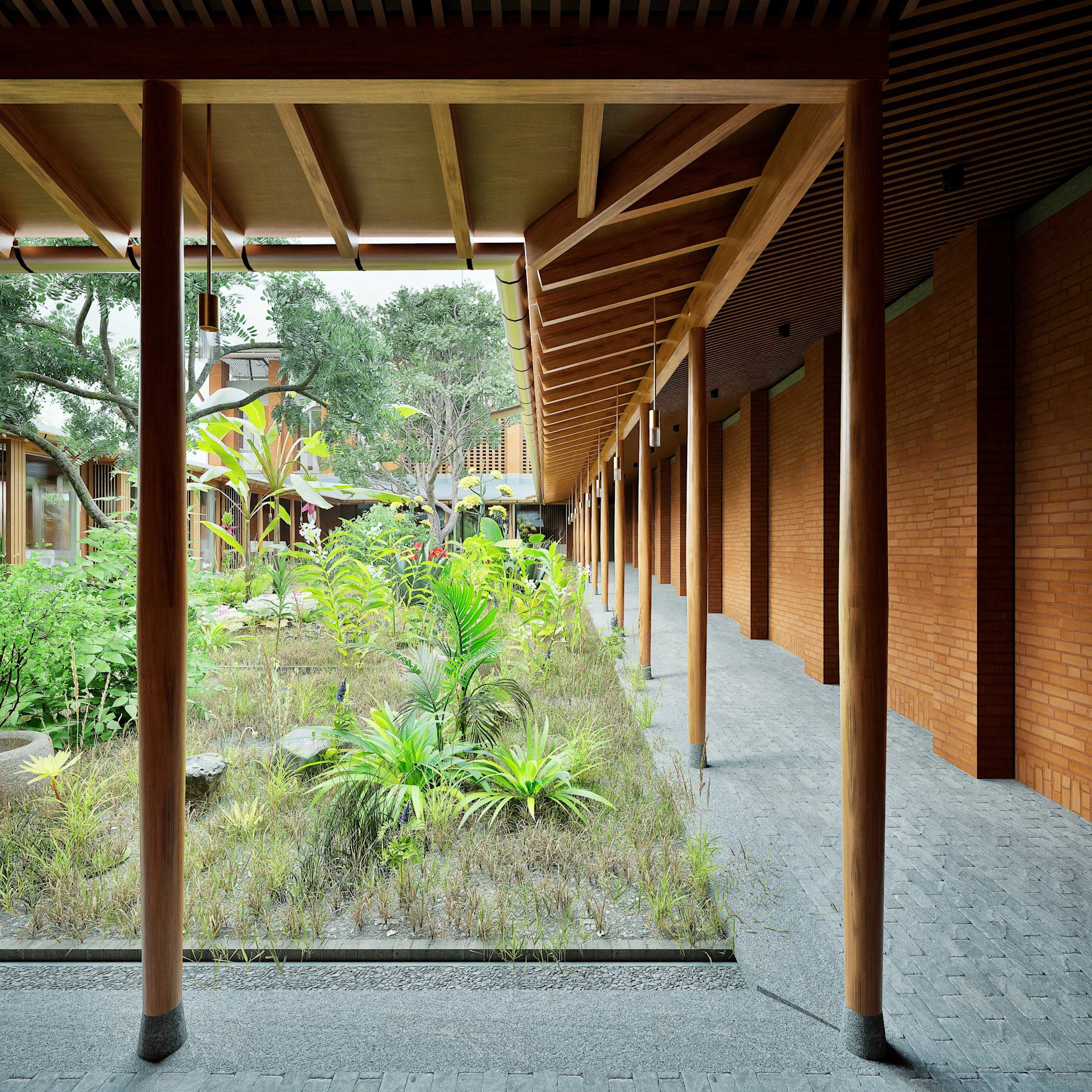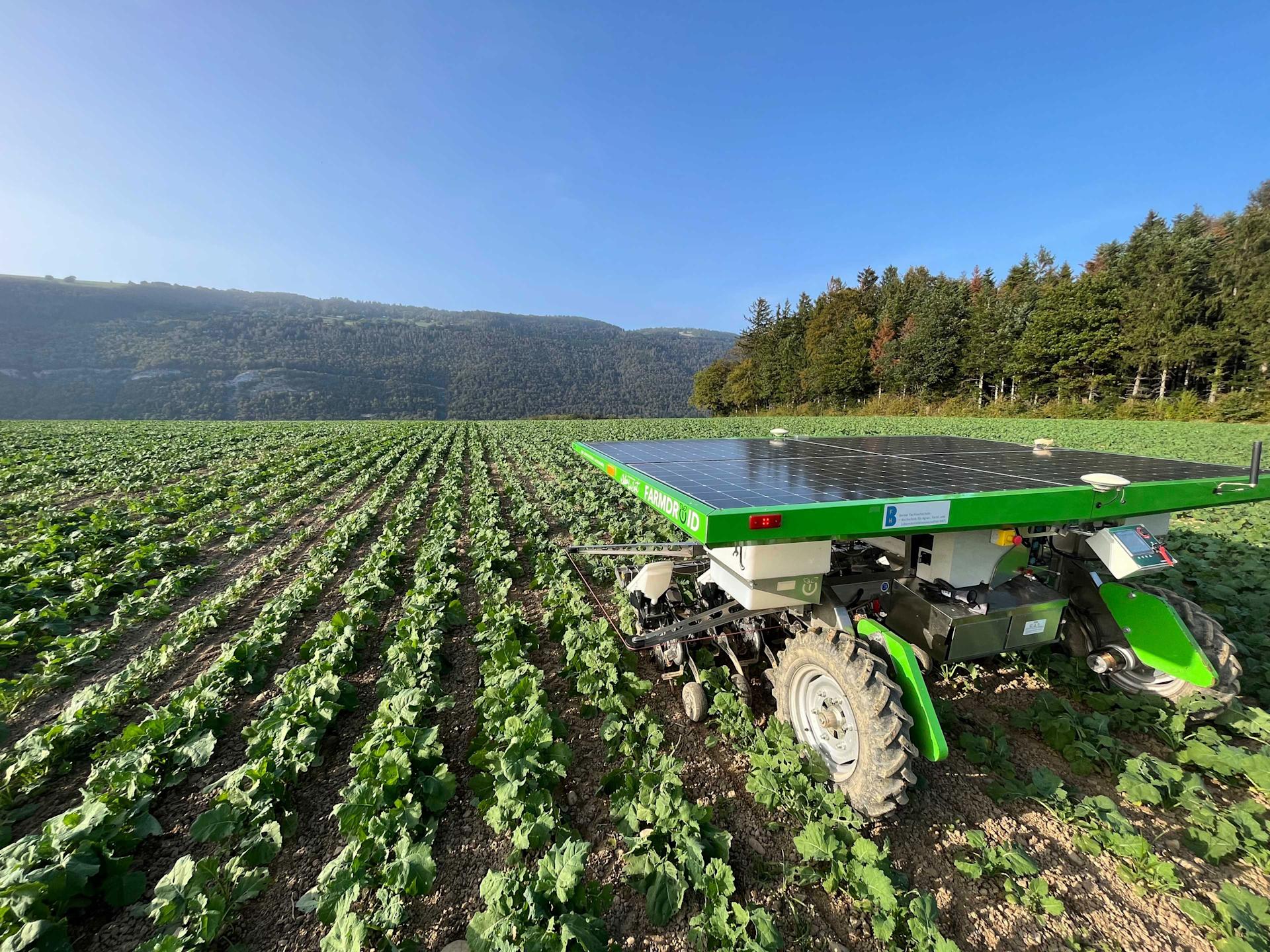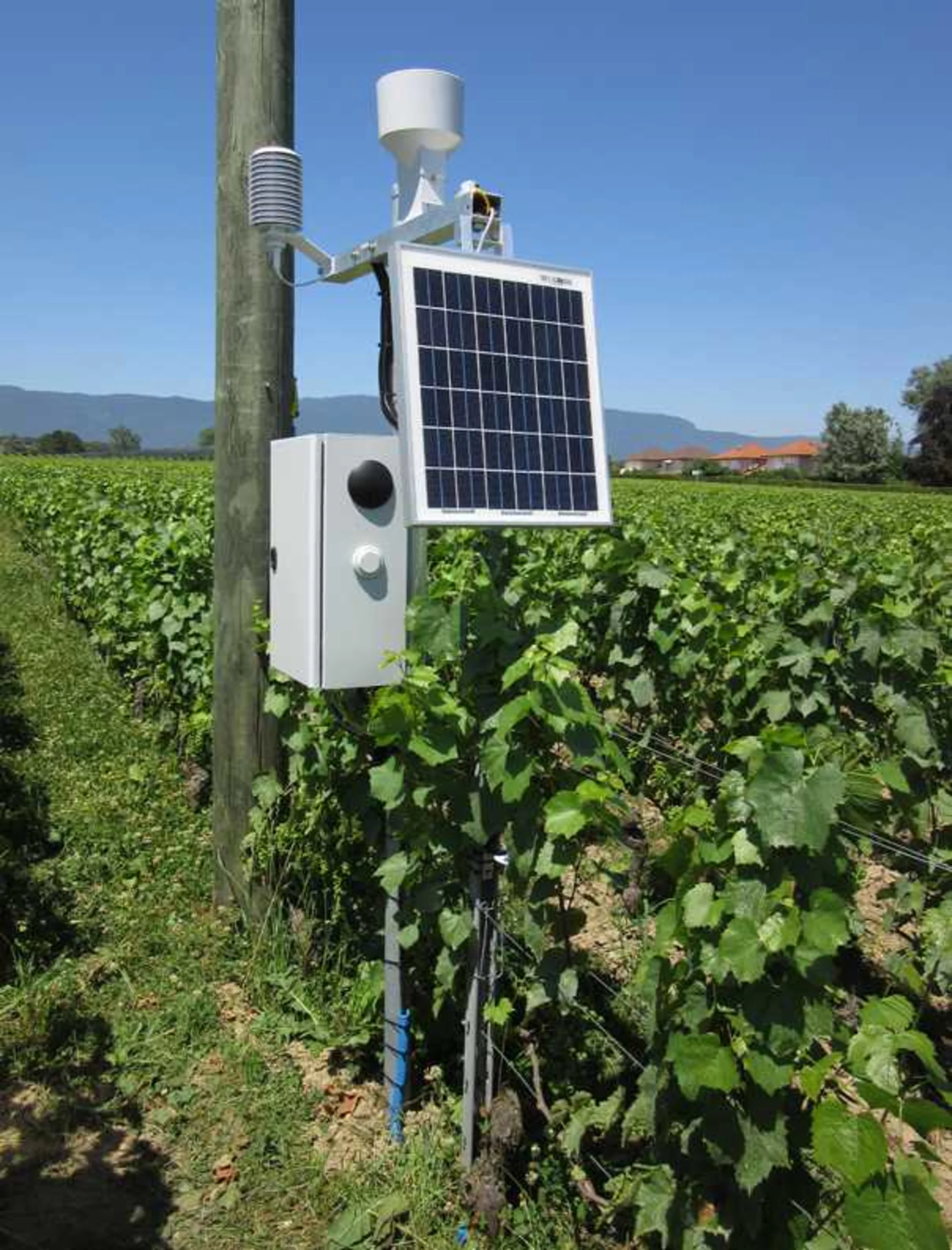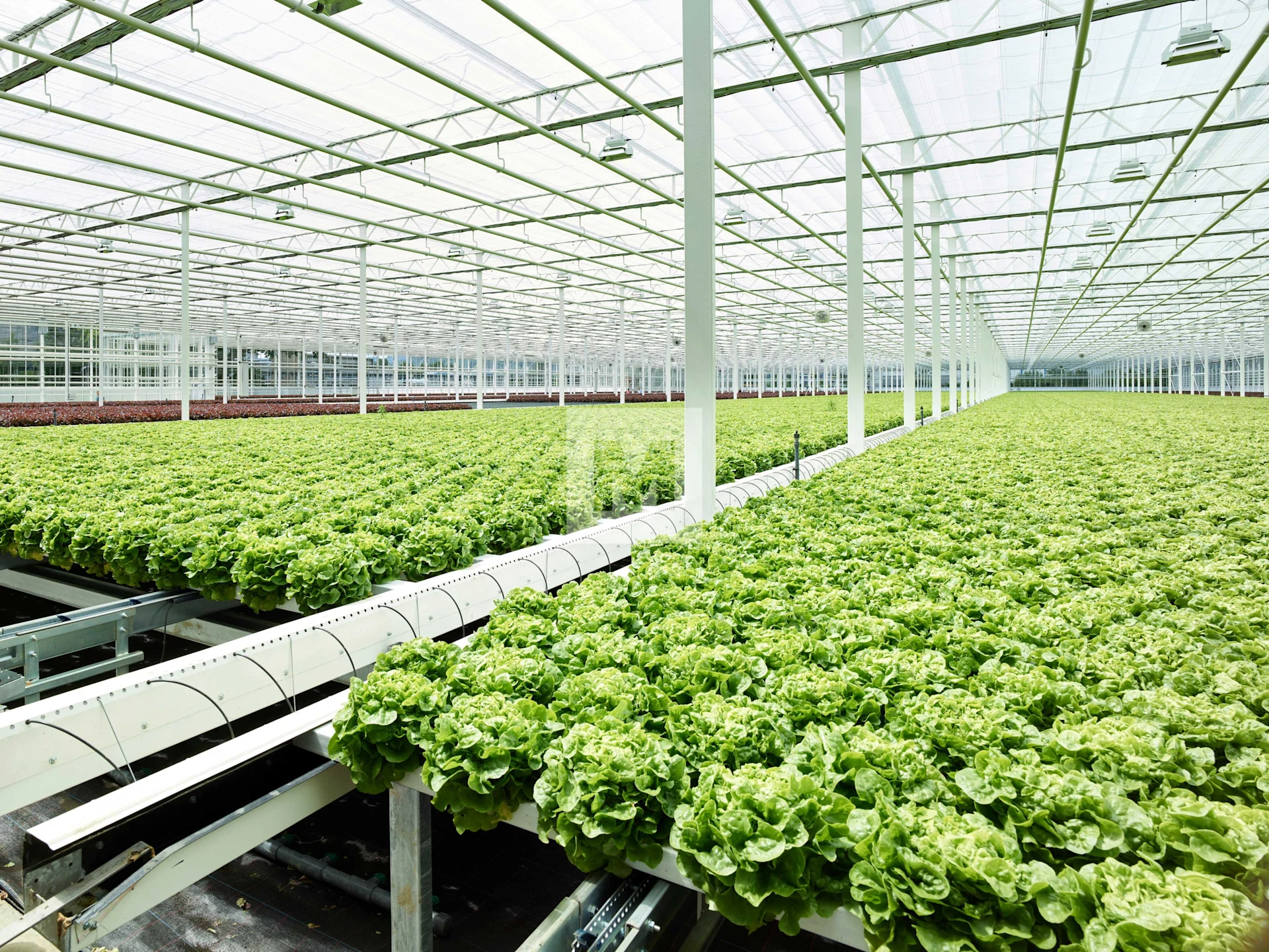
Sustainability
Building a green future
With support from the Migros Pioneer Fund, two companies are showing that eco-friendly construction is feasible.
navigation

Sustainability
Five pioneering methods for reducing pesticides in agriculture, including weeding by robots and combating mould with the help of bacteria.
The Farmdroid is a robot that can sow, weed and spray plant protection products. First, it sows seeds in a field in a precisely defined grid pattern. Because it knows the GPS coordinates of every single seed, it can later hoe the areas between individual plants using a blade without actually hitting the plants themselves. An additional built-in device enables the robot to spray each plant in a targeted way, but not the areas in between.
Bern University of Applied Sciences for Agriculture, Forestry and Food Sciences (BFH-HAFL) has further improved the Farmdroid, which was initially designed by a Danish company. Nine Farmdroid robots are currently in use in Switzerland. Originally created for sugar beet cultivation, they are now also being used to grow onions, rape and herbs.
More than 65 farms are involved in the multi-year PestiRed project organised by Agroscope and IP-Suisse. The aim is to slash pesticide use by 75%, whilst sacrificing no more than 10% of the harvest. More than 20 methods are being tested in parallel – from natural to technical methods. For example, researchers are investigating whether significantly fewer weeds grow in a rape field if other plants, such as fenugreek, are cultivated in the field at the same time as a nurse crop. Simple insect traps spread out across a field provide data on whether specific pests are present. Strips of flowers at the edges or in the centre of a rape field attract parasitic wasps, which help to control the harmful rape flea beetle using fewer chemicals.
Agrometeo is a weather forecaster and database all in one. A total of 178 weather stations throughout Switzerland measure temperature, rainfall, humidity and leaf wetness every ten minutes. This data is used to determine the risk of infection by key plant diseases. Farmers record the presence of specific pests and the development of diseases. These observations and the disease forecasts help other farms to decide whether or not they need to use plant protection products. The tool, which was developed by Agroscope, the Swiss centre of excellence for agricultural research, was deployed daily by up to 3,000 farms in 2024. The number of users has doubled compared to last year.

Hydroponic lettuces come into contact with few pests or weeds because they are grown in channels rather than in the ground. In a greenhouse, they require about 85% less pesticide than lettuces in a field. Thanks to the closed water cycle, 70% fewer nutrients can also be used. The Forster Group from Pfaffnau, canton Lucerne, where Migros' hydroponic salad comes from, irrigates its plants with collected rainwater. Over the winter months, the greenhouse is heated with waste heat from the neighbouring waste incineration plant in Oftringen, canton Aargau, avoiding the use of fossil fuels.

Mould causes berries to spoil. Could bacteria inhibit mould formation? This is precisely what a BFH-HAFL project is exploring. Researchers bred a mixture of lactic-acid bacteria and investigated how the bacteria affected mould growth in the lab. They discovered they were able to inhibit moulding by 50% or more. The next tests were carried out on strawberries and in the field prior to harvesting. Away from a sterile laboratory environment, the results were less impressive. The weather is a major factor: a wet spring like we had this year accelerates mould formation.
Nevertheless, professor and project manager Elisabeth Eugster firmly believes her research is on the right track. Targeted use of bacteria could not only replace a large proportion of our synthetic pesticides in a few years' time, but could also extend the shelf life of berries and cut food waste. The process can even be adapted to other foods.
Together with our partners, we conduct research at all stages of the value-added chain. Get exciting insights into our research projects in our stories!